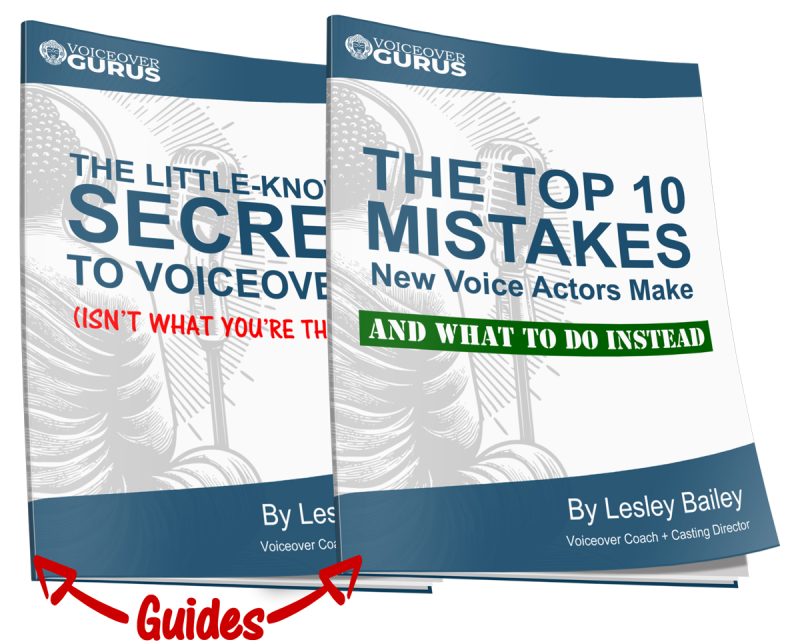Smart inflection choices in voiceover should and can come directly from real life, but it doesn’t always come easy when you’re suddenly faced with a script, aka with words that are not your own.
Inflections are a huge part of how we communicate. We raise our voices higher when we are excited. We lower our voices when we are serious. There are exceptions to all our choices but there are also general rules that we subconsciously follow . . . except when we are doing voiceover work. We somehow start thinking too much and “putting on airs” of all sorts. This is inauthentic. The closer attention we can pay to how we use inflection in everyday conversation, the closer we can get to an authentic delivery, and one that is easy to elicit after it becomes “muscle memory.”
Let’s take a short and simple sentence to dissect:
“Welcome to the future.”
Yes it seems so simple. That’s why this will be fun. There’s a whole voiceover universe inside of the word “welcome” alone, and your choice there will make a difference in how the listener receives the information and its possible emotional intention. I will often direct students to put a “leading” inflection on the word welcome, to entice the listener to wonder what comes next. The leading inflection choice employs a higher register, an “up” inflection sound. Most students choose to raise their inflection on the first syllable (usually this means the first vowel), but what this does is finish off the word on a down inflection. This does the exact opposite of what you want. Ending a word on a down inflection closes the word, puts a period on it. So – if you say “welcome” going up on the first e, you will naturally or most likely go down on the second part, the o. This works if welcome comes at the end of a sentence. In this case however, welcome leads into information we need, so we don’t want to close the word off at the end. In this case, we want to go down, or stay neutral, on that first e, so that we may naturally go up on the o. Going up on this second syllable will give it an obvious comma sound, an obvious “wait, there’s more” sound. All this, from one tiny choice.
The challenge or pattern that seems to arise is that when students hear that they should make an up inflection choice they immediately jump right into it on that first syllable without thinking. A great way to start becoming conscious of the choices here is to record as many words as you can think of using the two options of high and low inflection. To start you might use only two syllable words and record them the two ways and hear the difference. Try incorporating them into sentences. Notice how one inflection choice makes sense if the word comes before a comma, and its opposite makes better sense before a period.
This is one tiny chip off the iceberg of inflection work. It’s mechanical, certainly, but one that compromises the emotional integrity of the delivery as a whole.


 Hi! I’m Lesley Bailey. I’m an award-winning Casting Director, Voiceover Coach, Demo Producer, and Consultant with over 30 years “in the trenches”. I love helping voice actors bring scripts to life with authenticity and confidence.
Hi! I’m Lesley Bailey. I’m an award-winning Casting Director, Voiceover Coach, Demo Producer, and Consultant with over 30 years “in the trenches”. I love helping voice actors bring scripts to life with authenticity and confidence.